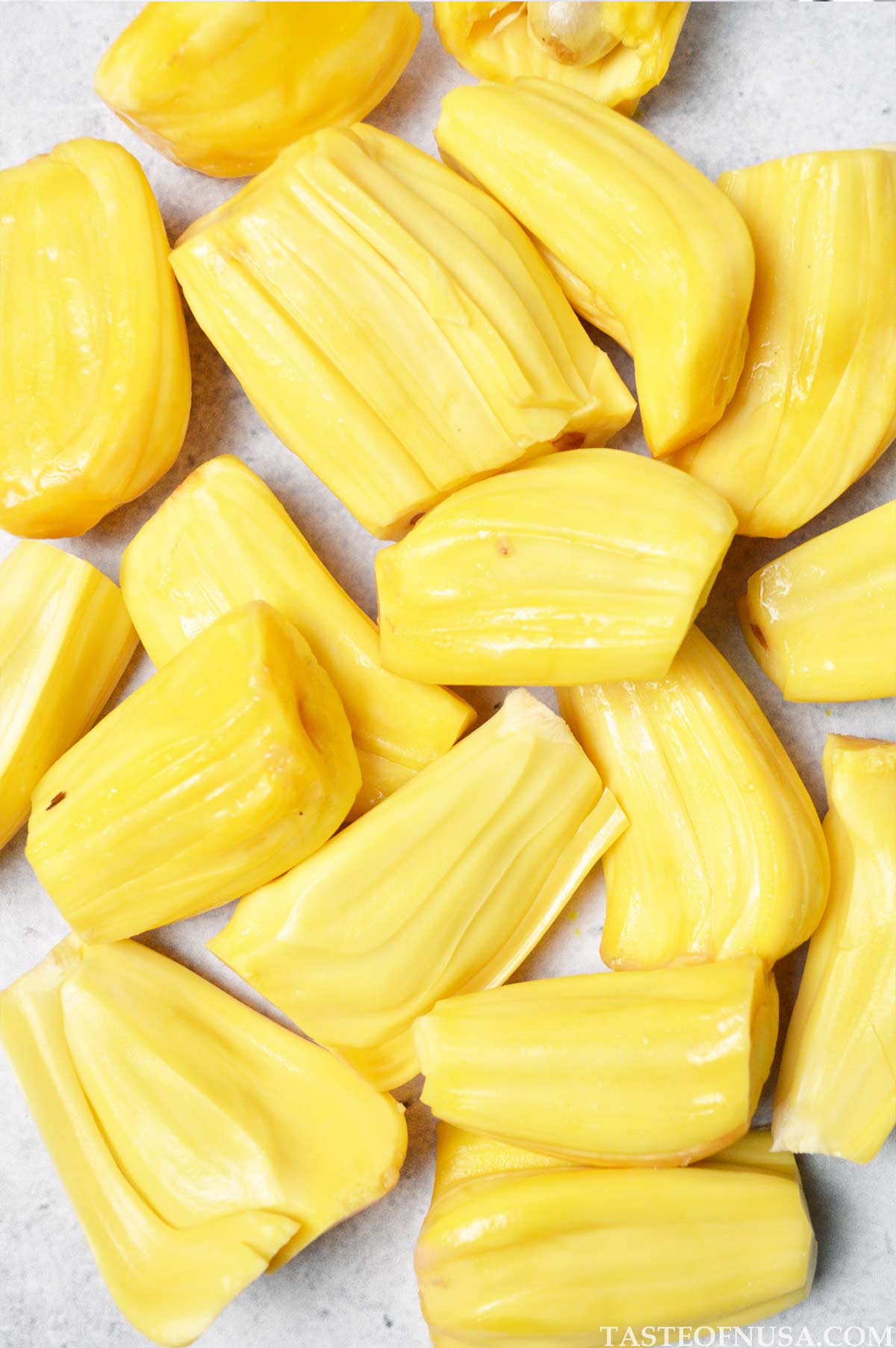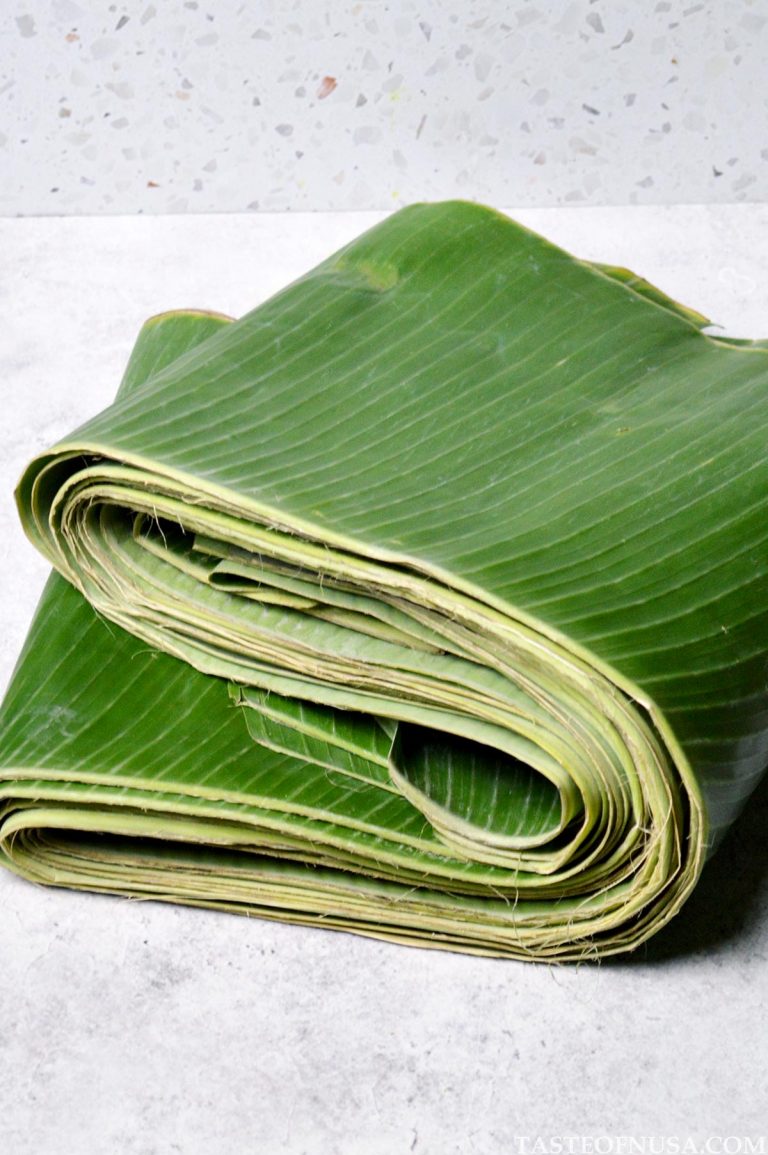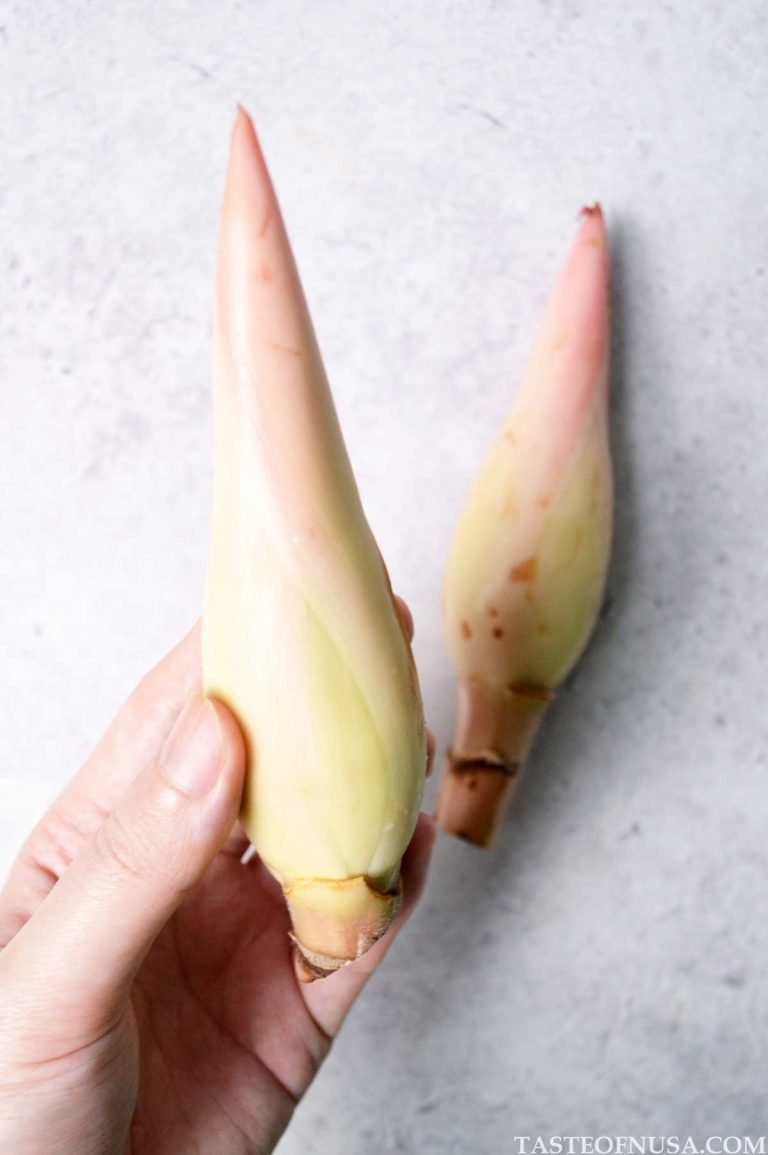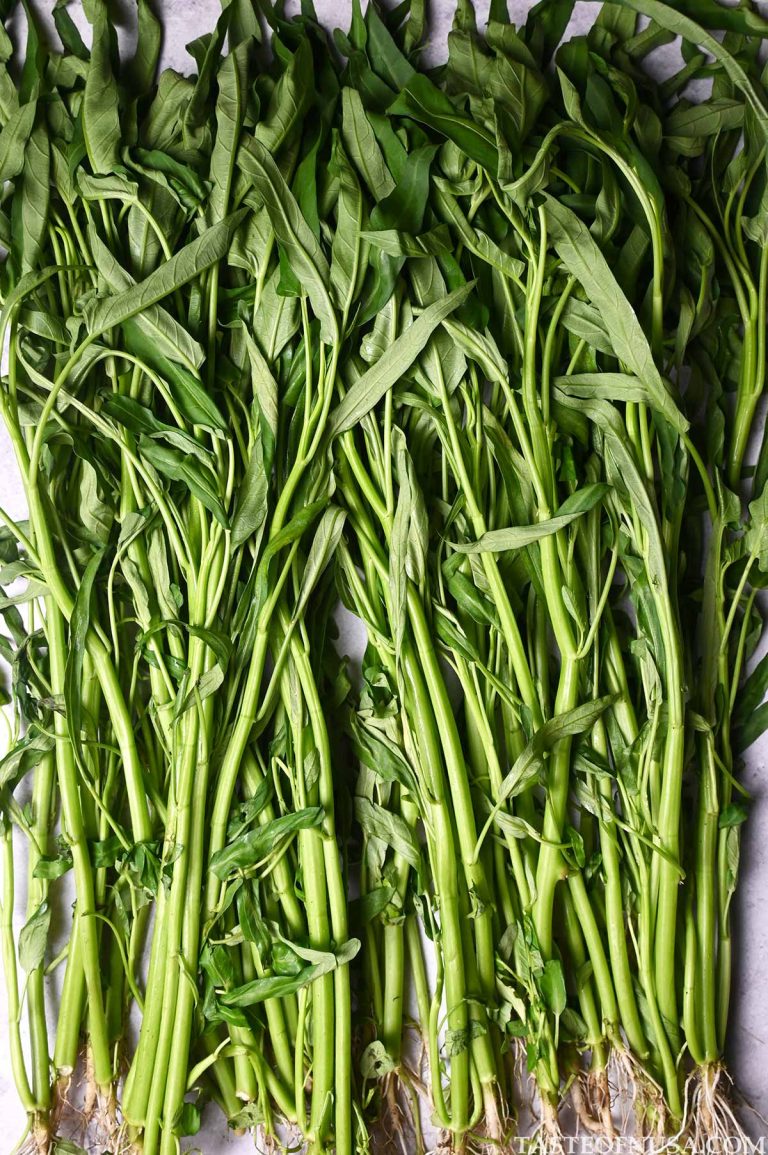Jackfruit
Jackfruit, the largest tree fruit in the world, has a distinctive musky smell. Both ripe and unripe fruits have different textures and flavors and can be used for cooking.

Other Names
- Artocarpus heterophyllus (scientific name)
- Nangka (Indonesian, Malay)
- Chakka (Hindi)
- Kanun (Thai)
What is Jackfruit?
Jackfruit is an enormous oblong with prickly on the outside. Its outer skin, made up of hexagonal conical apices, becomes greenish to brownish-yellow when ripe. Inside its hard shell, there is a thick, fibrous, cream-colored core surrounded by lots of fruit pods known as bulbs. These are the parts that are eaten. The plump, stringy pods are yellow-green when unripe, becoming bright yellow to orange when mature.
It looks somewhat like durian, though jackfruit can be even larger. In fact, the jackfruit is the largest fruit that comes from a tree, sometimes reaching 80 pounds and 36 inches long.
Both ripe and unripe fruits are consumed. When ripe, these pods have a sweet banana-like flavor. However, when used for savory dishes, the fruit is typically underripe and a bit more firm, giving it a meatier texture. It is also considered a vegetarian substitute for meat due to its high nutritional value and texture when cooked.
What Does Jackfruit Taste Like?
Ripe jackfruit has a tropical fruit sweetness often said to be similar to the combination of mango and pineapple flavors. When still green, it has a more neutral flavor, similar to a potato, and will absorb the flavor of other ingredients it is cooked with. The seeds are also edible. They taste like chestnuts after boiling or roasting.
Unripe vs Ripe Jackfruits
- Unripe. Has a milder, nuttier, less sweet taste. The flesh is firmer and meatier. It is good for absorbing the flavors of spices and sauces, so it typically pairs well with more savory dishes. It is often used as a meat substitute in cooking. In many different dishes, unripe jackfruit is often pan-fried or boiled and used for making curries, stews, stir-fries, and salads.
- Ripe. Has a sweet flavor and is suitable for eating as fresh fruit. It can be added to fruit salads, cakes, custards, pastries, desserts, and ice creams. You can also make jackfruit juice, whizzed into milkshakes, and made into syrup for soft drinks and cocktails.
The Seeds are Edible
Many people choose to discard jackfruit seeds, but they are actually edible as long as they are cooked. You can boil or roast them until they are fork-tender to bring out their subtle sweetness. It will take 15-25 minutes. Peel away the thin husk because those are not edible and only eat the inside.
The cooked seeds are often compared to chestnuts, though they are blander than chestnuts and actually taste more like the lotus root seed. They are used commonly to top salads, eaten as a snack, made into seed hummus, or dried and then ground into flour.

Where to Buy
The fruit grows in tropical Asian regions and is common in Asian cuisines. You can buy jackfruit as a whole fruit, sliced into sections, whole bulbs, or packaged in a can or pouch. Check your local specialty stores or Asian supermarket first, as these are the most likely places you will find the fruit.
Fresh jackfruit is typically sold by the pound. When buying fresh, it is best to purchase it ready-prepared because extracting the bulbs is quite a tricky and labor-intensive task. You will need a large knife and it is essential to coat your hands in a thin layer of oil or wear gloves. Otherwise, they will become itchy and covered in a slimy membrane.
How to Choose
The first thing to look at is the color of the jackfruit. If it is green, it is not ripe. The ripe jackfruit should be a yellowish color. Then, take a smell of the jackfruit. It should have a unique musky odor that is quite powerful. The stronger the smell, the riper the fruit. Due to the fruit’s size, many stores offer precut jackfruit as well. Whether raw or ripe, make sure to avoid fruit with black or dark spots.
For canned jackfruit, you can usually find ripe jackfruit already seeded and packed in sweet syrup, ready to eat as-is or use in desserts and other sweet applications. Young green jackfruit comes packed in brine or water, typically as triangular wedges that can be chopped or shredded for whichever savory dishes you will be using it in.
Storage
As with most fruits, the whole jackfruit will ripen as it rests on the counter. If you want it to ripen, then you can leave it out on the counter until it is yellow. However, if you intend to enjoy it while green, process and freeze it right away. Cut, ripened jackfruit can be stored in plastic in the refrigerator for about one week or in the freezer for up to one month.
How to Prepare Jackfruit
Cutting whole fresh jackfruit is a project. If you choose to try it, wear gloves, oil your knife, and it is a good idea to line your working surface with newspapers or plastic wraps first. There is a sticky sap that surrounds the pods inside the spiky skin, so you will want to handle it on a surface that is easy to clean.
Follow these steps to cut fresh jackfruit:
- Cut the jackfruit into quarters. Cut it in half lengthwise, then cut each piece in half again so you have four pieces.
- Remove the core. Slice off the tough white core at the center of the jackfruit.
- Remove the bulbs. Use your oiled knife and hands to separate each bulb and remove it from the fruit.
- Remove the seeds. Make a light cut along the bulbs, this will expose the seeds. Use your hand to pull out the seeds.
- Store. Store the seeds and the bulbs separately.
If you opt for canned jackfruit, give it a good rinse first. Since canned jackfruit is usually canned with a brine solution, you need to wash it to cut down on the sodium content.






